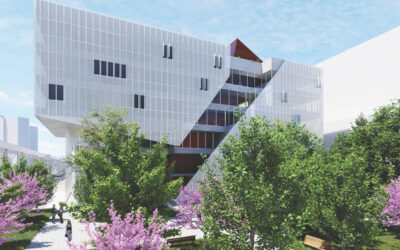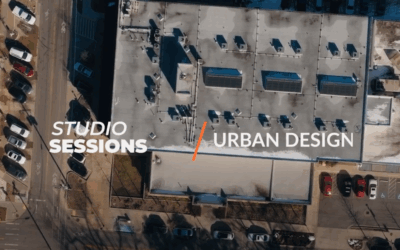Pam McElrath: Overseeing Electrical Engineering Challenges and Innovations
I’m Pam McElrath, the director of the electrical engineering department. My role involves overseeing electrical engineering assignments and performing quality control work on everyone’s projects. One particularly challenging project we undertook was a switchgear replacement and upgrade at Arkansas Children’s Hospital. This project was unique because, unlike a typical project, it required meticulous planning to avoid disrupting critical healthcare operations.
In a healthcare setting, you can’t simply turn off the power and apologize for the inconvenience. Power outages had to be coordinated down to the patient level. Each department had a “go” or “no go” on whether we could turn the power off during the night when emergencies were less likely. If even one patient had been on a specific type of life support, the work would have been delayed to another night. This required coordination not only with engineers, designers, and contractors but also with various staff members at Arkansas Children’s Hospital to ensure no one’s life was at risk due to a brief power outage.
The main difference in maintenance and expansion in healthcare versus an office building is the lack of downtime. Healthcare facilities are operational 24/7, so maintenance and expansion have to be meticulously planned. Even running a conduit over a space for future use requires careful consideration to avoid shutting down an operating room. This makes healthcare projects more challenging as they require forward-thinking for the entire life of the facility.
From an electrical standpoint, one major innovation that stands out to me is lighting control. As we’ve progressed from incandescent to fluorescent and now to LED lights, the control we have over lighting has dramatically increased. Not only can we dim lights more easily and cost-effectively, but we can also tune the level of whites. For example, we can have a cooler white light in the morning and a warmer white in the evening to help with circadian rhythms. This significantly impacts patients and staff who are in the facility 24/7.
While there are many other innovations in electrical engineering, such as improved communication speeds, these advancements are often behind the scenes. Lighting control, however, is a visible and impactful innovation that directly benefits healthcare environments.
—
This transcript showcases the unique challenges and innovations in electrical engineering within healthcare settings, emphasizing the need for meticulous planning and forward-thinking.




